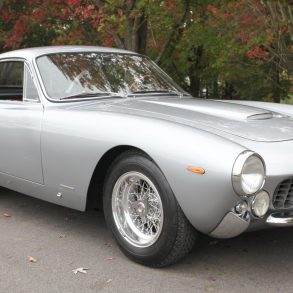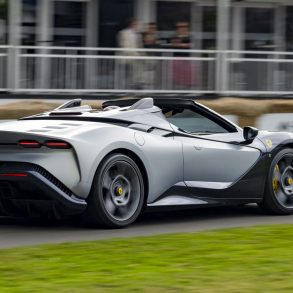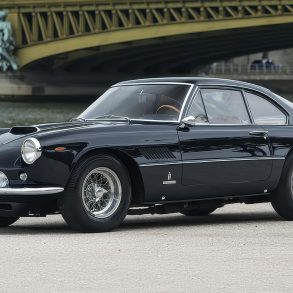Although Ferrari is among the most globally-recognized Italian brands today, the company was largely unheard of in 1953…
Ferrari began producing cars in 1947 (barely: three cars were built, followed by five more in 1948, and 21 in 1949), and 1953 was noteworthy because it was the first year during which they produced more than fifty cars. Nevertheless, the fledgling company won Le Mans for the first time in 1949, and among motorsport enthusiasts, it was a familiar name since Enzo Ferrari had successfully run Alfa Romeo’s sensational Grand Prix racing team during the 1930s. As early as 1949, Ferrari produced road cars, understanding that enthusiastic and wealthy owners would part with cash to drive a thoroughbred racing car on the street, something which interested Enzo only so far as the cash part was concerned.
His first love was racing, a deeply costly activity and the sales of road cars to bankroll motorsport has been an integral part of the Ferrari business since its earliest years. Aside from a handful of exceptions, Ferrari rarely styled their cars or built the bodies themselves during these early years, and accordingly, there were no standardized designs for what a Ferrari looked like. During this period, a variety of coachbuilders, almost always Italian, designed and built the bodies for Ferraris: firms like Allemano, Bertone, Ghia, Pinin Farina, Scaglietti, Touring, Vignale, and Zagato.
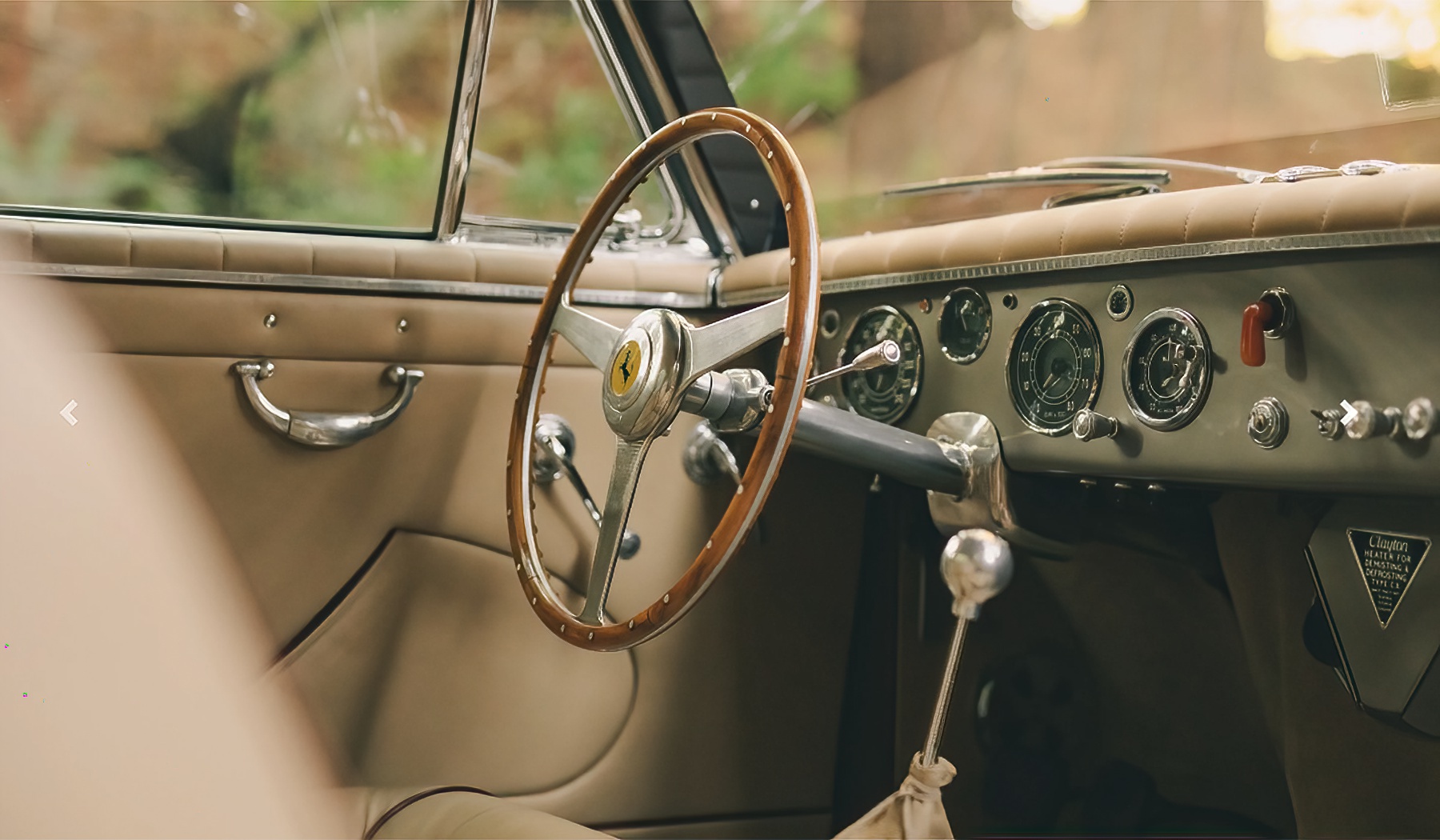
Although Pinin Farina bodied some of the very first Ferraris built, their status as the default stylist for Ferrari’s road cars was not yet established at this point.
At the beginning, road cars were most frequently bodied by Touring, although by 1950, Enzo began to shift this work to Vignale. The Vignale firm was still quite new, having been founded in 1948 by Alfredo Vignale, who began working as a panel beater at Stabilimenti Farina as soon as he finished elementary school. Just 33 years old when he started his own firm, he often worked closely with the wildly talented Giovanni Michelotti, who had also started his career at Stabilimenti Farina. Together, they were prolific and immensely creative. The bodies they designed, especially for Ferrari, were very different from what other coachbuilders were making for roadgoing Ferraris at the time. Most of the other designers produced cars that were spare, clean, and occasionally on the formal side, a reflection of the postwar austerity and the shifting stylistic conventions as designs sought to put distance between the fantastical, art-deco, streamlined designs of the 1930s and the new modern aesthetic that was then emerging.
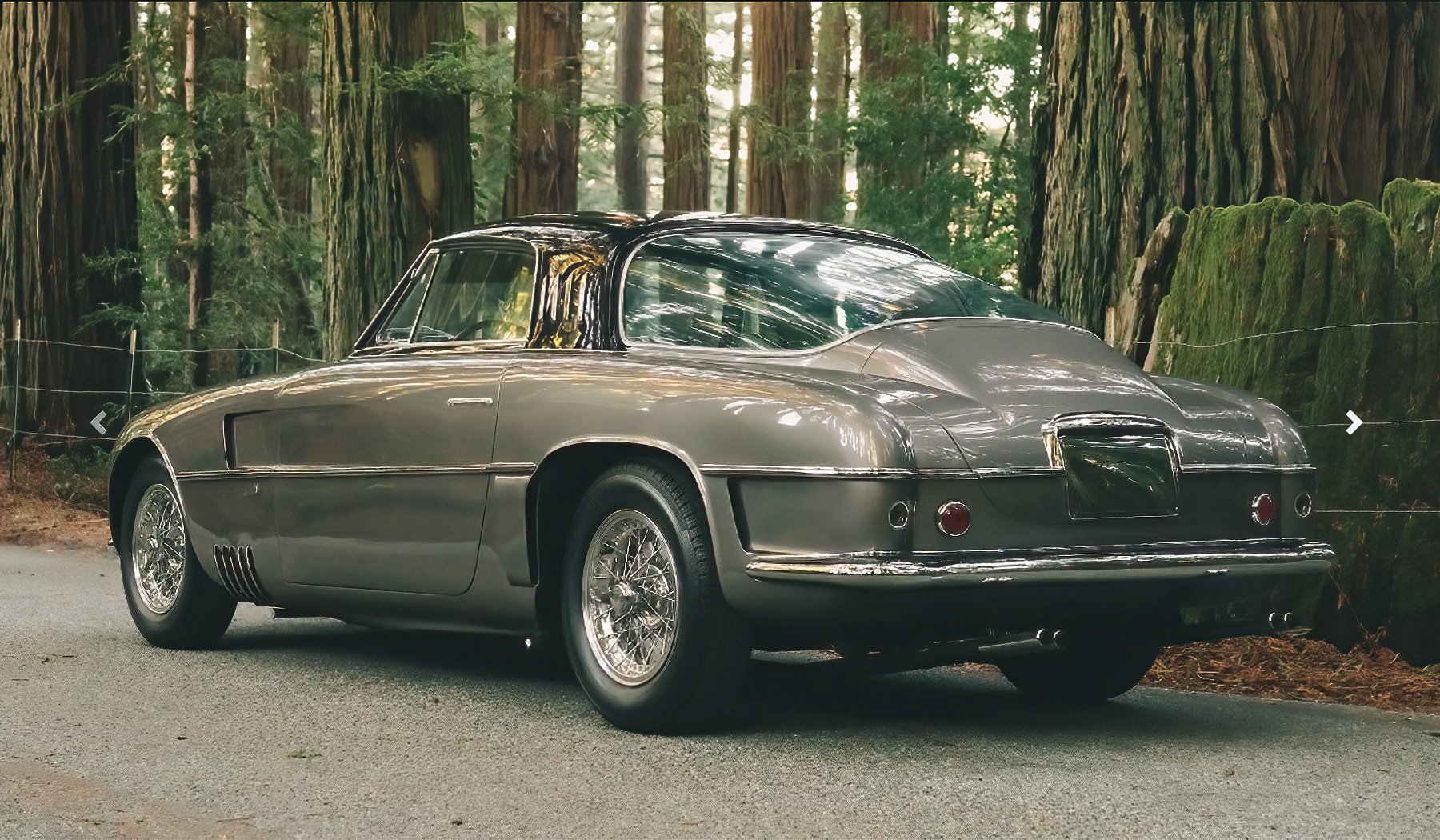
In contrast, Vignale designs were bold and flamboyant, in addition to usually being more low-slung and athletic.
They also tended to be highly-detailed, intricate, and ornate even: they were fond of using port holes, scoops, vents, and recessed lights, all of which almost always punctuated by chrome trim. Other Vignale trademarks included two-tone paint schemes, chrome beltline trim inside and out (usually adorned with characteristic undulating etchings inside the car), and plenty of other brightwork. Their interiors were no less spectacular, with rich materials, occasionally lurid color schemes, and a wealth of decorative touches such as engraved silver and chrome trim on the dashboard and door hardware, switchgear, ashtrays, and really anywhere else handy.
The resulting cars were incredibly decadent and bespoke: truly coach built in a way that differs starkly from the standardized Pinin Farina designs of just a few years later. From 1950 to 1954, Vignale bodied more than 150 Ferraris and hundreds of non-Ferrari cars, but despite their prolific output, the cars were effectively one-offs. No Vignale body design fitted to a Ferrari was built in more than about a dozen copies, with many designs being used far fewer times.
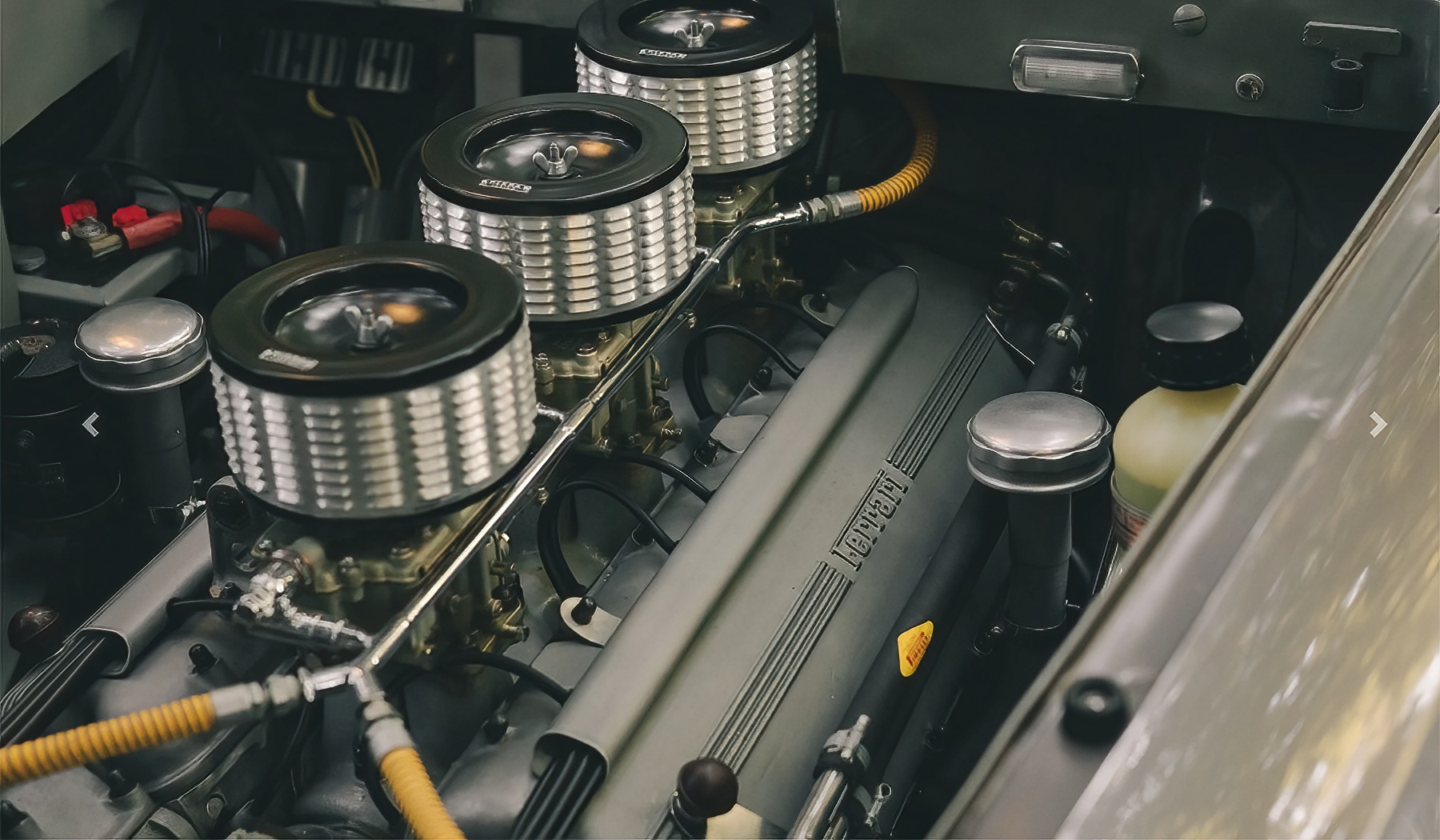
Ferrari 250 Europa serial number 0313EU
This particular car, 250 Europa serial number 0313EU, is representative of this. There is only one other car wearing this body in existence, although it is fitted to a different model of Ferrari, a 375 America, which shares its wheelbase and chassis design with this car. A second 375 America had a very similar body, effectively the same design but with different headlight and front fender treatment. A total of 22 250 Europas were built, of which 18 were bodied by Pinin Farina and three received closed Vignale bodywork. This car is the second of those three, with the first one wearing a different body design and the third one wearing an unknown Vignale coupe design because it was destroyed in a fatal accident in the Northeastern United States in the late 1950s.
The 250 Europa model is significant for a number of reasons. It was the first of the enduring and iconic 250 line and with so many of them bodied by Pinin Farina, it represented a critical shift toward standardization of design that was required for Ferrari to grow into a volume manufacturer. This also laid the groundwork for a partnership that would see Pininfarina design every standard Ferrari production car for for nearly 60 years (308 GT4 notwithstanding), a collaboration that finally ended with the 2012 Ferrari F12, after which design work was brought in house to Centro Stile Ferrari.
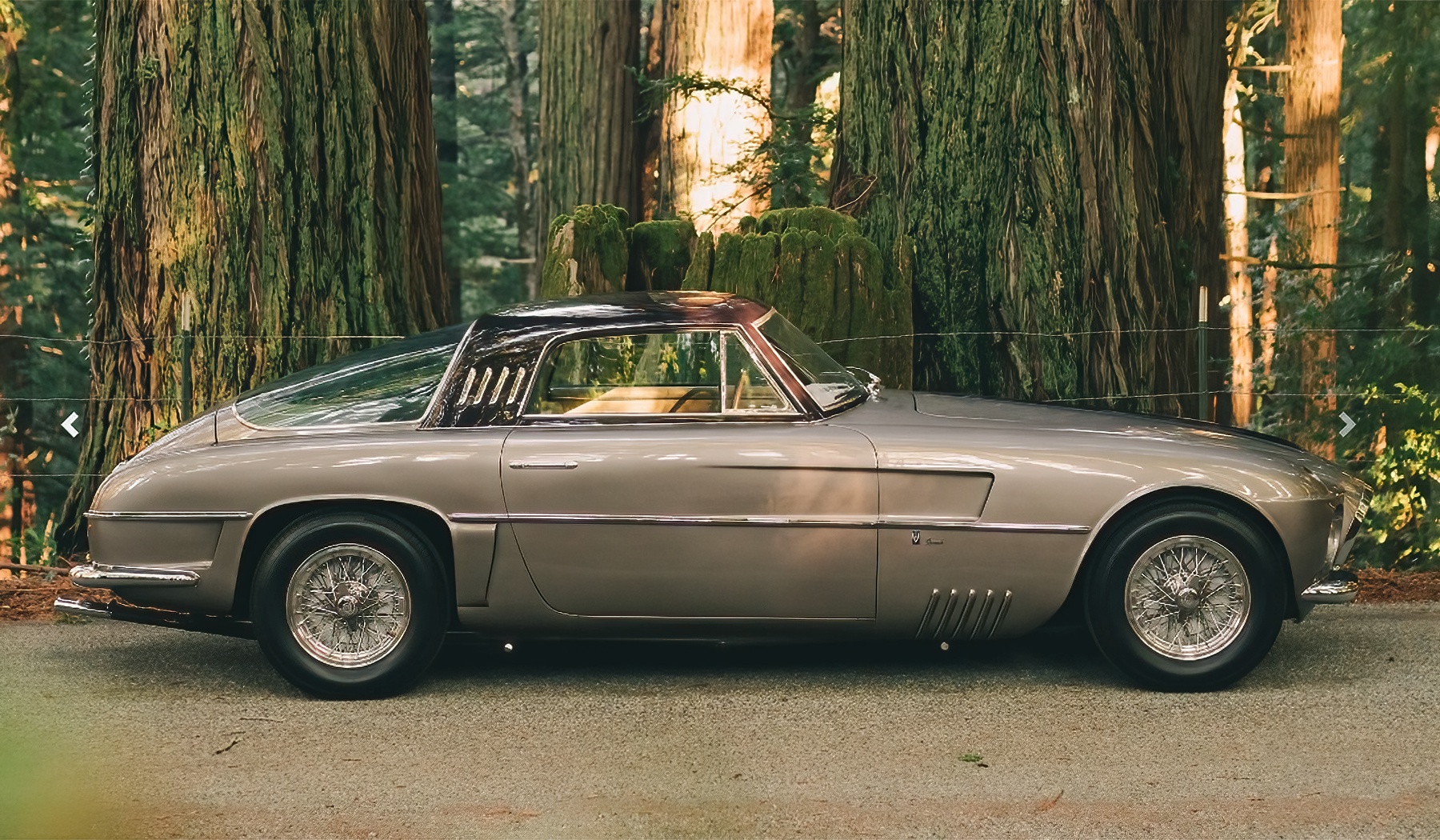
Lampredi Design V12
Confusingly, although the 250 Europa has a 3.0 liter V12 like every other 250, it is actually a different engine, being the long block Lampredi design used in the 340, 375, and 410, and not the Colombo 250 engine, which displaces 10cc less (2953cc against 2963cc) and has a shorter stroke of 58.8mm instead of 68mm. The Lampredi engine is physically larger and employs screw-in cylinder liners which allow the cylinder bore and thus displacement to be adjusted with relative ease. The result of this is that the 250 Europa feels more similar to the very early Ferraris than it does to the other variants of the 250, especially because of the Europa’s chassis and suspension design.
On this car, that impression is heightened by the stunning Vignale body, which is intricately detailed and fabulously coach built in feel, both inside and out. As befits such an extraordinary car, this example, 0313EU, has a fascinating story. It was completed in late 1953 and dispatched to Luigi Chinetti, then based in Manhattan. This car was the first Ferrari to be sent to the United States by the factory and thus it started a legendary decades-long commercial relationship between Chinetti and Ferrari. This relationship was doubtless spurred by the fact that Chinetti was responsible Ferrari’s first ever 24 Hours of Le Mans victory in 1949, personally driving the winning 166MM for all but 90 minutes of the race.
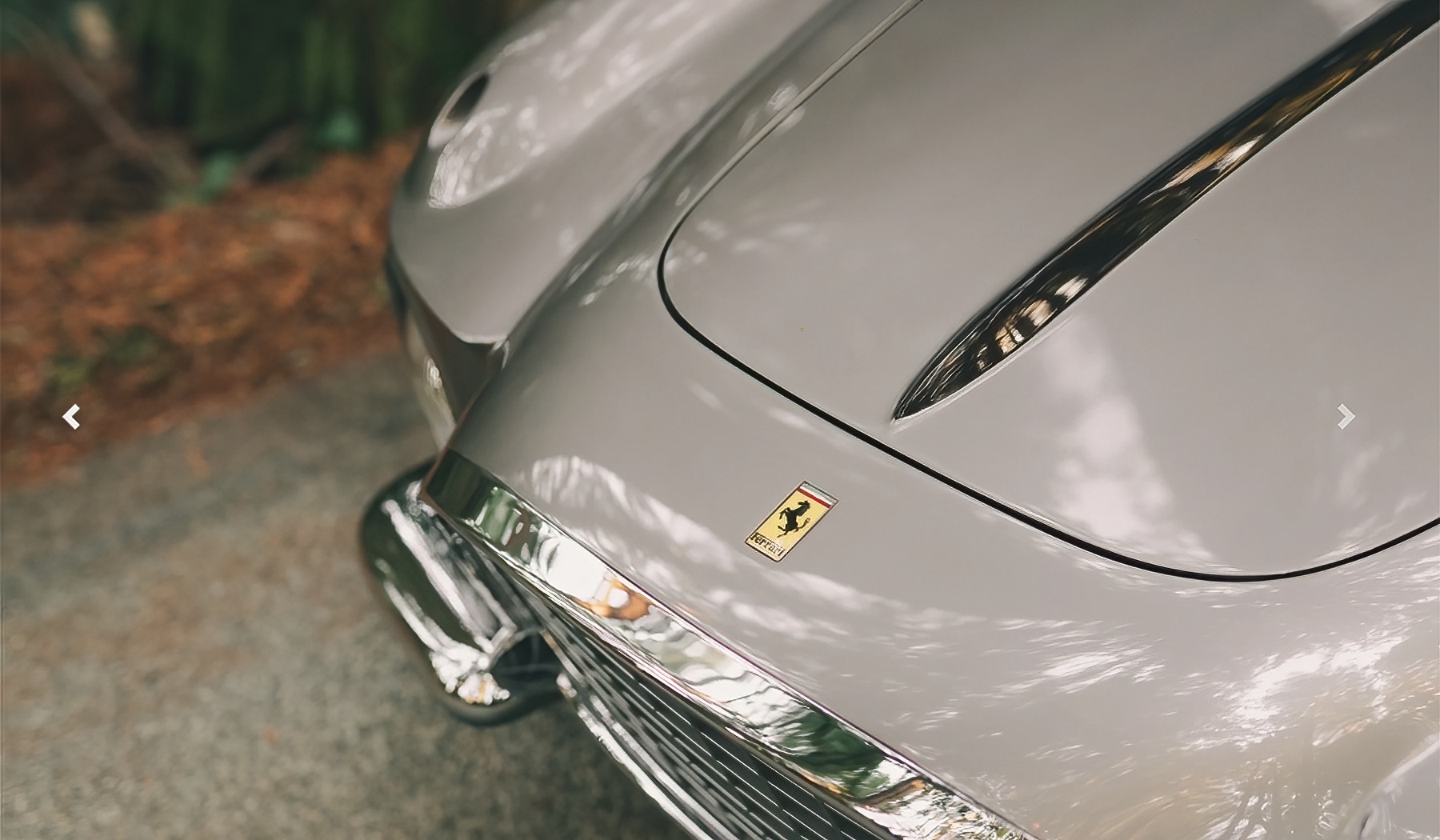
New York Show Car
Once 0313EU arrived in New York, it was displayed by Chinetti at the New York Motor Show during the last week of January of 1954, finished in the colors it wears today: Tabacco with Bruno Siena roof and beige leather interior. Chinetti repainted the car red with black roof before selling it to its first owner, Mike Garber of Framingham, Massachusetts. In April of 1958, the car’s second owner, George Parker, of Rome, New York, bought it for $4,900 plus a traded in Aston Martin. He used the car as his primary transport, and after getting married and taking a new job in San Diego, California in March of 1959, he drove 0313EU across the United States, a trip it made largely uneventfully aside from a leaking oil hose causing a delay twice.
Parker’s growing family forced the sale of 0313EU in about 1960 and it was subsequently painted purple, fitted with nerf bars in lieu of the bumpers, and the original engine removed and replaced with a supercharged Corvette engine. By 1968, the car was red once more (this time without the black roof or hood spine), and still in Southern California, where it remained until a Northern California owner purchased it in 1976. It eventually fell into disuse and remained in dry storage in a garage in Palo Alto until being purchased by Tom Shaughnessy in 2003. He showed the car, then in need of restoration, at the Quail in 2004, and eventually sold the car on to Heinrich Kämpfer, a Swiss collector and Vignale specialist in 2009.
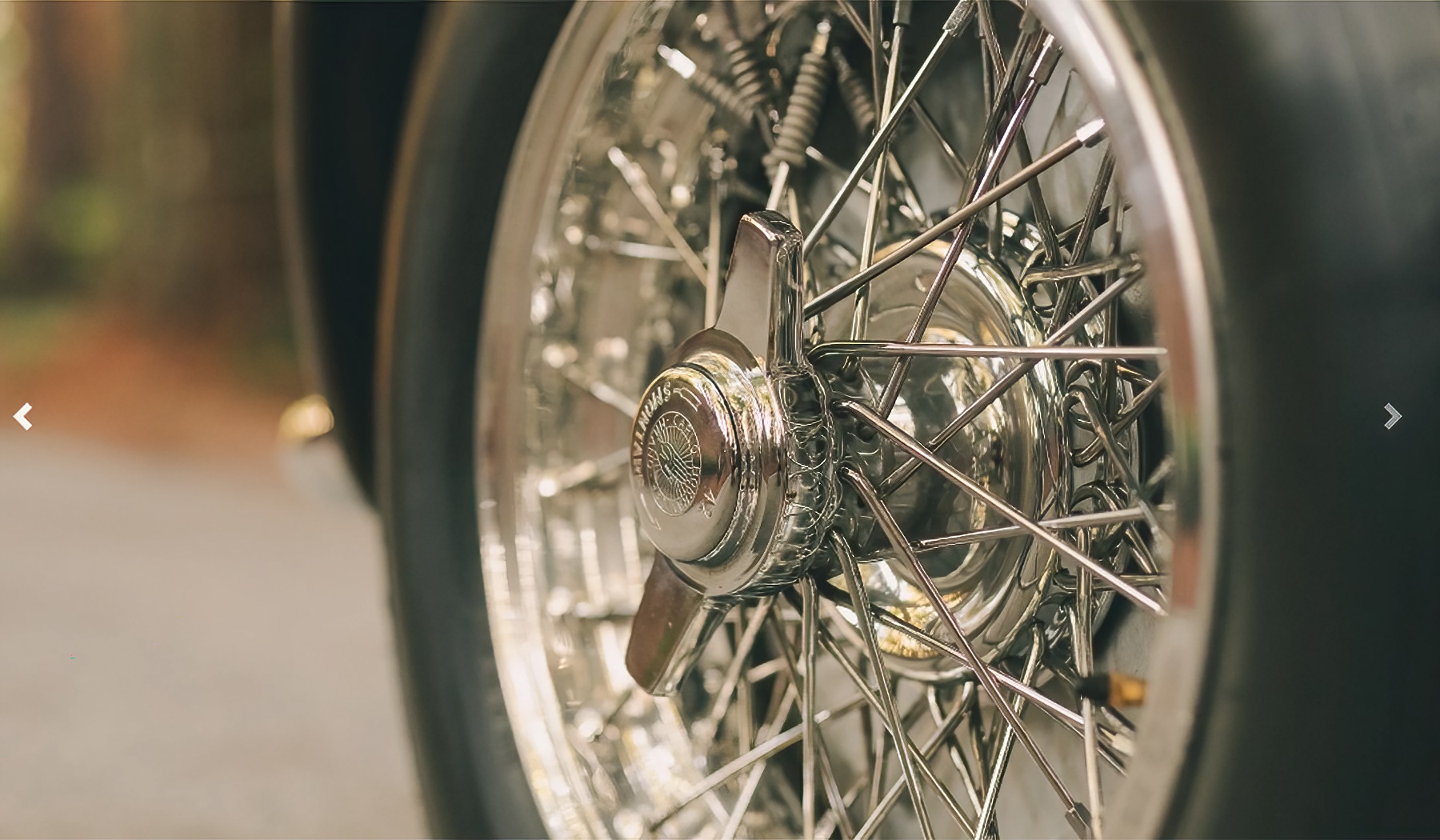
Restoration
At this time, 0313EU was very much unrestored, being finished in old red paint and missing its bumpers. Kämpfer set about performing a painstaking restoration with an exceptional eye toward authenticity. This included locating correct type of nitrocellulose paint and mixing it to match 0313EU’s original color scheme. The leather was supplied by the same company, Arbo, which was originally used to trim the car in 1953. The missing bumpers were carefully recreated and plated together with the remaining brightwork. Every aspect of the car was carefully restored, both cosmetic and mechanical.
Wherever possible, the original unrestored components were used as patterns, ranging from the netting for the headliner-mounted map pockets to the construction of the backing panels and insulation on door panels. A correct type 3 liter Lampredi engine, number 331, was located, rebuilt, dyno tested (at 5 hp more than the factory rating) and installed as well. All in, the restoration totaled nearly 5,000 man-hours over the course of a remarkably short two years, in time for the car to publicly debut at Villa d’Este in May of 2012. At this event, the car won the Trofeo Foglizzo Award for best interior design.

Classiche Certification
In early 2013, the car completed its Classiche certification and was subsequently sold to an American collector via Bonhams. In 2015, the car was shown at Cavallino, where it achieved Platinum, in addition to winning the Classiche Cup. The car was featured on the cover of Cavallino magazine, and was also featured in Automobile Magazine in 2014. Since the restoration, the car has passed through the hands of a few American collectors and remains in superb condition, with light mellowing to the restoration but still presents stunningly. The car runs and drives extremely well. The engine is well-tuned and produces the magnificent, bassy, aggressive exhaust note unique to the Lampredi engine.
Despite a displacement of 3 liters, it commands attention like no Colombo engine does, even the 5 liter ones. The engine carburetors have excellent throttle response, and pulls cleanly and evenly through the rev range. The synchromesh is effective, and the gearchange robust and substantial in feel. The brakes are confidence-inspiring and symmetrical in their operation, while the steering is direct and free of excessive play. The chassis and suspension function as designed, offering a glimpse into the heroic character of the drivers who drove these early Ferraris in anger.
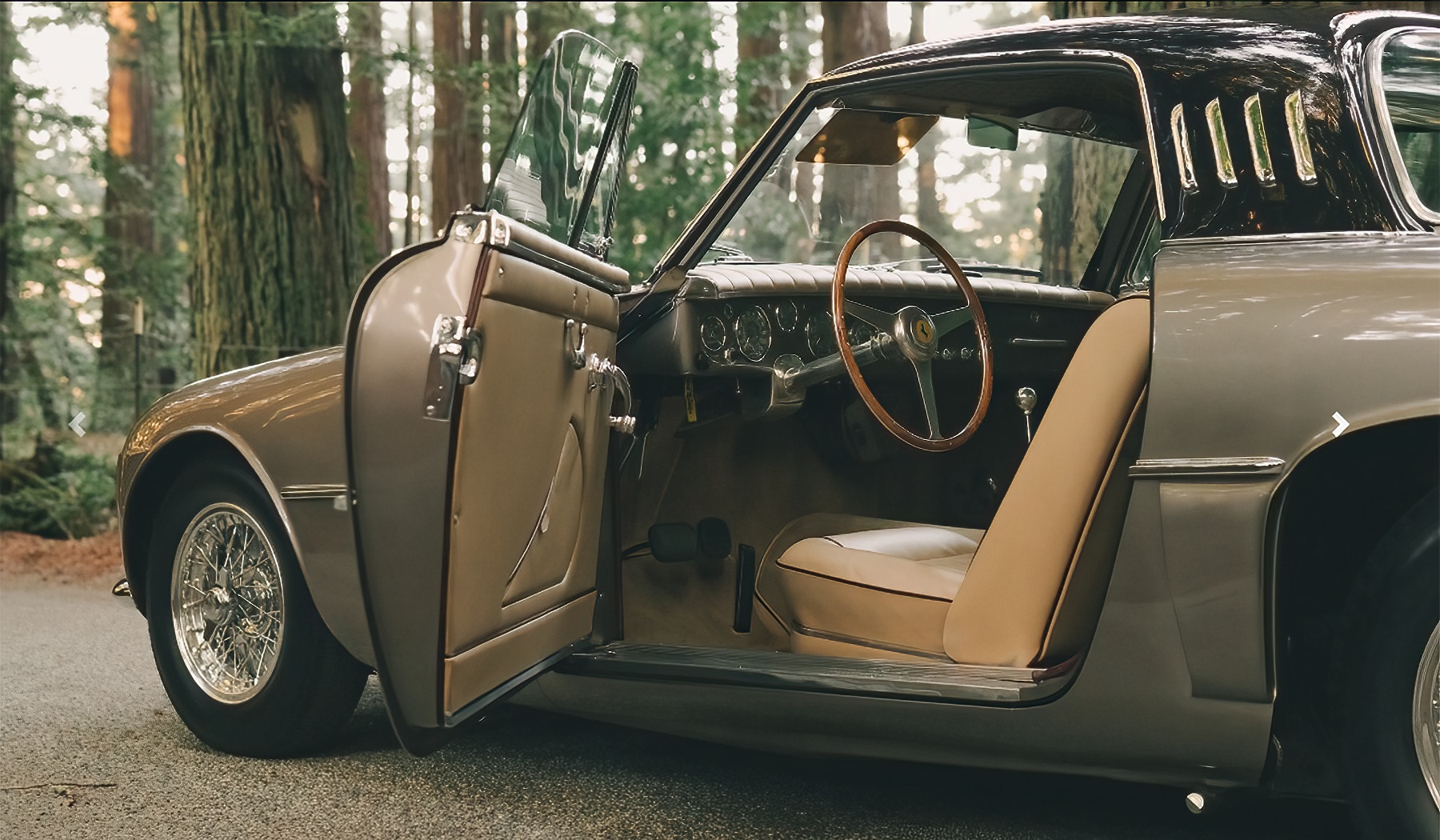
Now Available
s/n 0313EU represents an extraordinary opportunity to acquire a highly significant and unique early Ferrari, one which is presented with superlative attention to detail and incredible fidelity to its original configuration. Perhaps one of the most exciting parts of 0313EU is how it represents such a particular moment in Ferrari’s history. Among the last Ferraris bodied by Vignale, it comes from the end of the formative coach built era of Ferrari’s history. At the same time, it is one of the first 250s built and accordingly, it forms an important part of Ferrari’s transition to being an established manufacturer.
Additionally, 0313EU is intimately tied to Luigi Chinetti and is therefore highly significant to Ferrari’s entrée into the American market, which rapidly became Ferrari’s largest market, something which would persist for nearly 70 years. 0313EU’s appeal is further enhanced by the fact that it one of a small number of Ferraris powered by the Lampredi engine, whose unique character is incredibly singular, even compared to the iconic Colombo engine. Included with the car is the Classiche red book, two binders of documentation and photographs substantiating the car’s history and its restoration, a Massini report, and Vignale-branded luggage.
Inquires at: ISSIMI.com







